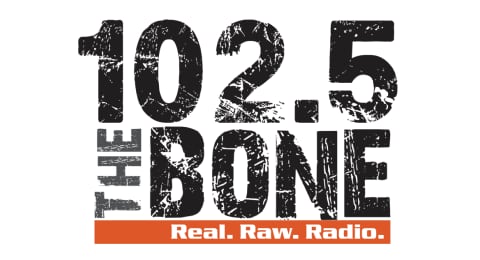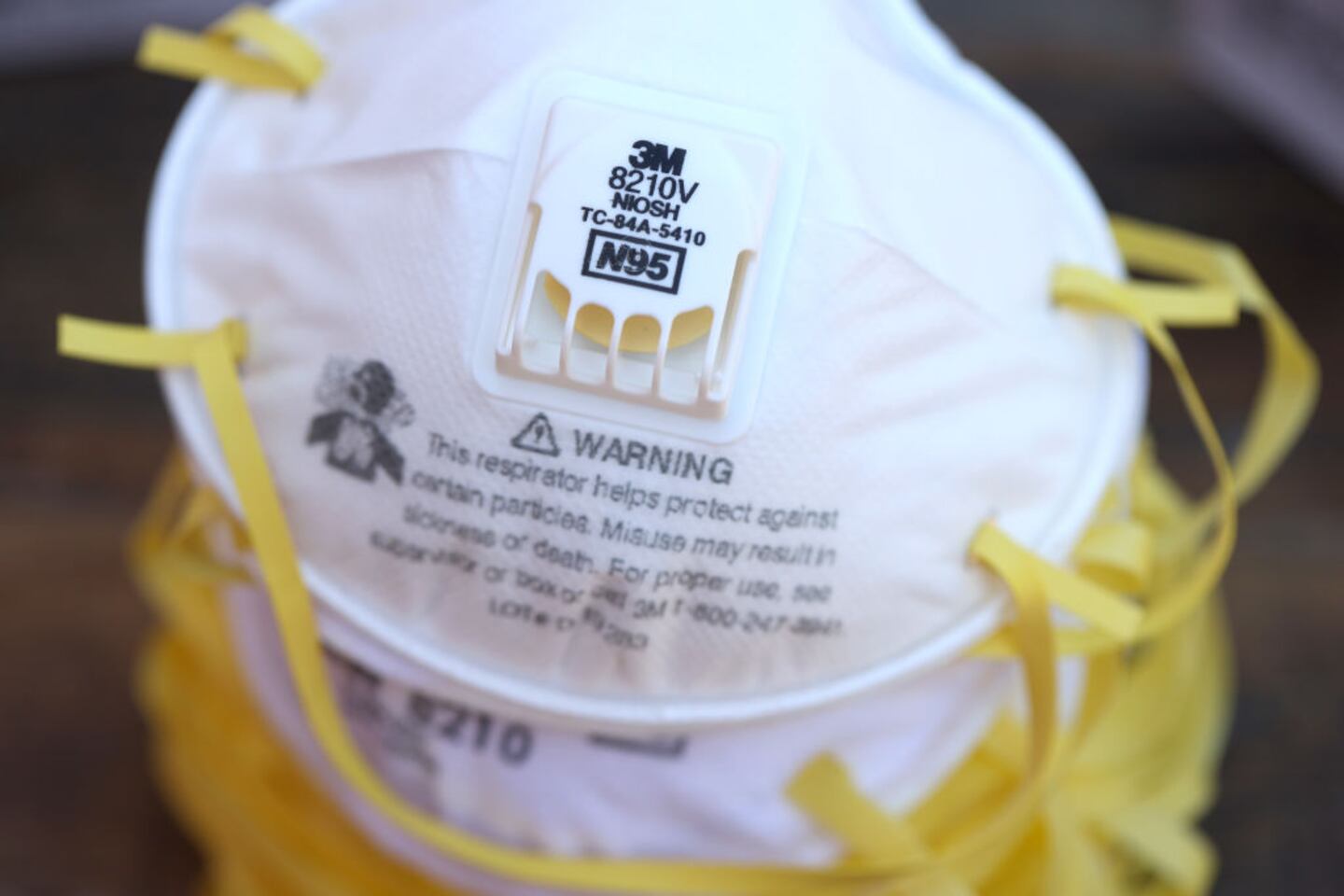Wearing a face mask is one way to help prevent the spread of the COVID-19 virus, according to health care officials. However, they are sometimes uncomfortable and confining and have even become a political statement for some.
While they are annoying to most of us, there are some who believe they are more than that.
Recently, a meme posted on Facebook, which has since been taken down, and other social media sites claimed that masks are useless against the novel coronavirus and Americans should not be forced to wear the face coverings that are, at best, a false sense of protection, and at worst, a device that lowers a person’s intake of oxygen and increases their intake of carbon dioxide.
Do masks cause hypoxia, a lack of oxygen in the blood, or hypercapnia, a high level of carbon dioxide? Can they protect you from the COVID-19 virus?
Here is what we know about masks and their effect on your body:
A mask primer
First, a bit about masks.
The Centers for Disease Control and Prevention recommends wearing a face covering when you are in public during the pandemic. The virus is transmitted mostly through droplets produced when people cough, sneeze or talk. If you have the virus, a mask can catch some of those droplets, lowering the risk that others around you catch the virus.
You are wearing a mask to protect others.
If you are a health care provider or someone who has access to an N95 mask, then your mask is not only preventing you from spreading the virus to someone else, it is helping to prevent you from catching the virus from others.
What type of masks are available and what do they do?
There are three types of masks most commonly used – surgical masks, N95 respirators and cloth masks.
Surgical masks are relatively thin and have elastic loops that go over a person’s ears. They include a bendable wire at the bridge of the nose that helps the mask sit better on the face. They are open on each side of the face.
N95 masks are tightly fitted over the nose and mouth. They, like the surgical masks, have a bendable wire at the bridge of the nose to help the mask fight more snuggly. They are intended to seal the mouth and nose to keep droplets from entering the respiratory system. Unlike surgical masks, the N95 mask is thick.
Neither the Food and Drug Administration nor the CDC recommend that the general public wear N95 masks as they are needed by health care workers who are tending to those who are the sickest from the novel coronavirus.
The third type of mask that health officials are recommending is a cloth mask. They can be homemade (there are tutorials all over YouTube) or purchased already made. Cloth masks can be of almost any material. They work to keep the wearer from spreading droplets, and, potentially the virus, to others.
Do masks, any kind, cause low oxygen levels?
There is no evidence that a mask reduces oxygen levels in a person’s blood. However, when you wear a mask, particularly if you have an N95 mask, it can make you feel like it is more difficult to catch your breath.
Instead of a mask reducing the oxygen level in your blood, a mask offers some resistance to the usual way of breathing, making it seem more difficult to catch your breath. The feeling is more a psychological one than a physical problem with breathing, according to medical personnel.
Texas A&M University-Texarkana virologist Ben Neuman told PolitiFact that a mask "will add some resistance to the breathing process, meaning it may feel like it takes a bit more work to take a breath, but it won't materially change the makeup of air that comes through the mask."
The FDA notes that “people with chronic respiratory, cardiac, or other medical conditions that make breathing difficult should check with their health care provider before using an N95 respirator because the N95 respirator can make it more difficult for the wearer to breathe.”
Do masks increase the level of carbon dioxide in the blood?
Carbon dioxide toxicity, or when you get too much carbon dioxide in your bloodstream, is known as hypercapnia. As with the notion that you are being starved of oxygen if you wear a mask, the idea that you block the exhaling of all the carbon dioxide you breathe out of your body is incorrect.
The N95, surgical mask and certainly a cloth mask are all porous, meaning they each allow carbon dioxide to escape, just as they let oxygen in. Couple that with the fact that most of us don’t wear masks for hours at a time, and it makes it doubtful that carbon dioxide could build up to dangerous levels.
“There is no risk of hypercapnia (CO2 retention) in healthy adults who use face coverings, including medical and cloth face masks, as well as N95s,” Dr. Robert Glatter, an emergency physician at Lenox Hill Hospital, New York, told Healthline. “Carbon dioxide molecules freely diffuse through the masks, allowing normal gas exchange while breathing.”
A representative from the CDC had a slightly different take, according to Reuters. The representative said that some level of carbon dioxide could possibly build up in some masks but not enough to cause the wearer to be in danger from it.
“The CO2 will slowly build up in the mask over time. However, the level of CO2 likely to build up in the mask is mostly tolerable to people exposed to it,” the official said.
“You might get a headache, but you most likely [would] not suffer the symptoms observed at much higher levels of CO2. … It is unlikely that wearing a mask will cause hypercapnia.”
Cox Media Group


